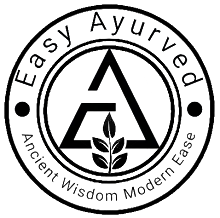 |
| boer goat in nepal |
The characteristics of Boer Goats are:
(1) Ability to survive under arid range conditions to lush pastures.
(2) No feedlot needed but can be fed to gain weight quickly.
(3) Low fat meat 2.58% fat-less fat than chicken. Meat is very lean and should be cooked slowly with moist heat(4) Hardy and disease resistant. We recommend worming once a month in summer and every one and half months in fall and winter.
(5) Kidding is possible every eight months.
(6) Great mothering ability.
(7) Boer goats are very intelligent and very likeable. They are also very gentle.
(8) More profit per acre. In N.C., VA., S.C., etc. more tobacco and chicken farmers are putting in Boer Goats to clean up grass and weeds around ditches and production barns and houses.
(9) Don’t need a lot of big expensive equipment.
(10) The Boer Goat matures out at: Billys 300 lbs to 425 lbs, Nannys 150 lbs to 290 lbs.
(11) Most nannys have two kids, some triplets.
The qualities of the Boer Goat are that they are very meaty, very gentle, easy birthing and hardy. The reason for the color pattern is that the maroon color head is to keep down glare from the sun and the white body does not soak up heat from the sun. The dark pigment in the skin protects it from the sun’s harmful rays.














